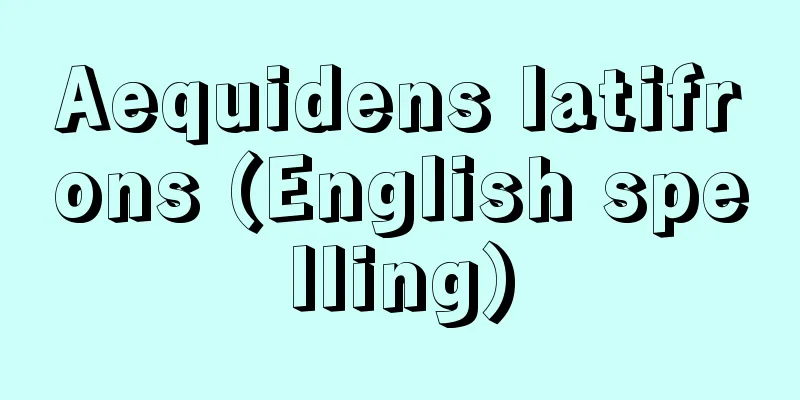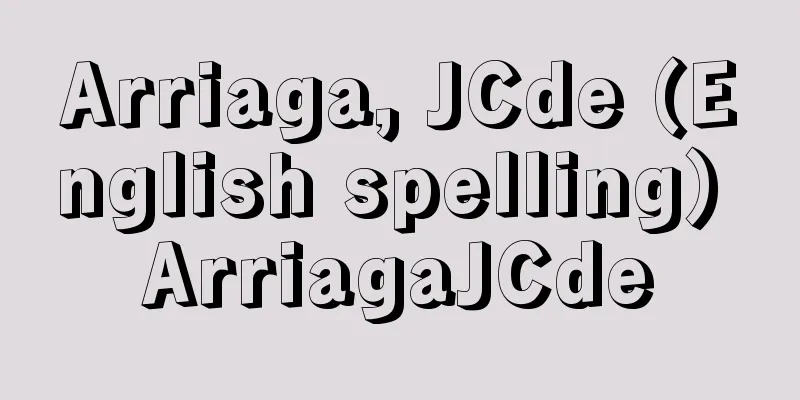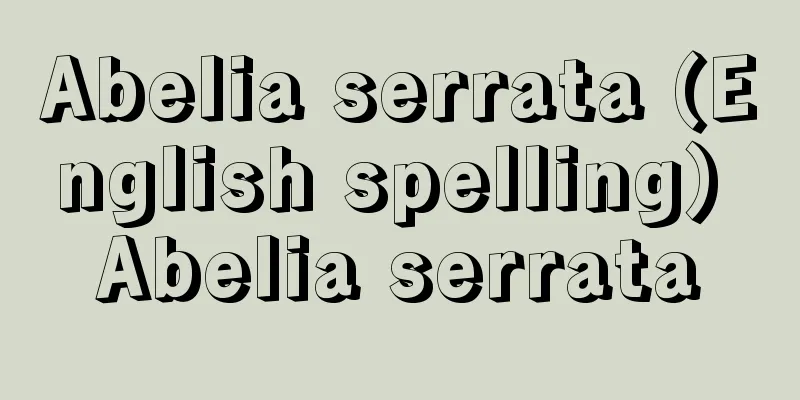Ticket sales - baikken

|
A document given by a seller to a buyer when buying or selling property to guarantee the legality of the transaction and its future effects. It is also called "uriken." It is also called "koken" or "kokyakujo," and in the early modern period it was called "sale certificate." It usually begins with words such as "sale," "gokaku," or "gokakushin." Most of the existing sales certificates relate to land or various rights on land, but there are also sales certificates for personal property. The format has changed significantly over time. Under the Ritsuryo system, land sales certificates often took the form of a "ge" prepared by the competent government office in order to obtain permission from a higher government office upon application by the parties involved. However, from the mid-Heian period onwards, as sales changed into contracts between the parties involved, sales certificates also came to be prepared and signed by the seller. In some cases, the person who signed the certificate may be a family member, close relative, guarantor, or intermediary. In addition, the contents of the sales certificate must first specify the subject of the sale, but as the nature of the certificate as a private document strengthens, there is a tendency for various guarantee (security) clauses, such as a guarantee of goodwill, to be clarified. In addition, at the time of sale, the seller was required to hand over all title documents (joint certificates) related to the land to the buyer along with the sales certificate. [Noriko Kurushima] Source: Shogakukan Encyclopedia Nipponica About Encyclopedia Nipponica Information | Legend |
|
財産の売買に際し、売買行為の合法性と将来にわたるその効果を保証するために、売り主から買い主に渡される証文。「うりけん」ともいう。沽券(こけん)、沽却状(こきゃくじょう)ともいい、近世では売渡証文などともよぶ。冒頭を「売渡」「沽却」「沽却進」などの文言で書き出すのが普通。現存する売券のほとんどは土地や土地上の諸権利に関するものであるが、なかには人身の売券もある。その形式は時代によって著しく変化している。律令(りつりょう)制下の土地売券では、当事者の申請によって、所管官司が上級官司の許可を得るために作成した「解(げ)」様式をとるものが多い。しかし平安中期以降、売買が当事者相互の契約に変化するとともに、売券も売り主が作成・署判する形となった。この署判者に、一族近親・保証人・口入人(くにゅうにん)などが加わる場合もある。また、売券の記載内容はまず売買対象物の特定を要件とするが、そのほか、私的証文としての性格が強まるにつれ、徳政担保文言など種々の保証(担保)文言が明確化する傾向をもつ。なお、売買のとき、売券とともにその土地に関するいっさいの権利関係文書(手継(てつぎ)券文)が売り主から買い主に引き渡されるのが原則であった。 [久留島典子] 出典 小学館 日本大百科全書(ニッポニカ)日本大百科全書(ニッポニカ)について 情報 | 凡例 |
<<: Light distribution - luminous intensity distribution
Recommend
unloader
…Bridge cranes are widely used in outdoor materia...
Truong Chinh
1907‐88 Vietnamese politician. Chairman of the Cou...
Domestic Relations Trial - Kajishinpan
The judicial procedures for family-related cases ...
Sakariba - Sakariba
An area of a city where restaurants, shops, ente...
Self-Defense Forces - Self-Defense Forces
The Self-Defense Forces Law states that the Self-...
Gemara
…These two Talmuds are written in Hebrew and are ...
Haemanthus multiflorus (English spelling) Haemanthusmultiflorus
…[Tora Saburo Kawabata]. … *Some of the terminolo...
Polje (English spelling)
A long, narrow depression found in limestone areas...
Cyril and Methodius - Kyril and Methodius
...It is also thought to have existed during this...
Voss, CF (English spelling) VossCF
…Germany's top-class newspaper. Founded in Be...
Romance novel - Engi shosetsu
A name for long historical novels in Chinese coll...
Sudare (blind) - Sudare
Sudare is made by arranging bamboo or reeds with g...
Briançon (English spelling)
A town in the Hautes-Alpes department in southeast...
van Hooff, JARAM (English spelling)
...However, facial expressions that can be consid...
Kamogawa Dance - Kamogawa Dance
A dance performance by the geisha ensemble of Pont...









